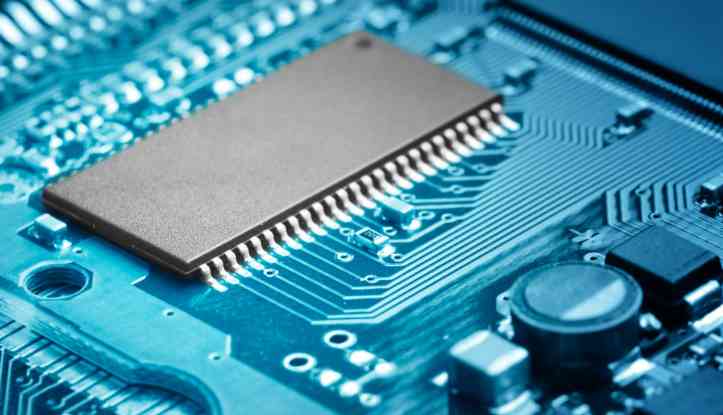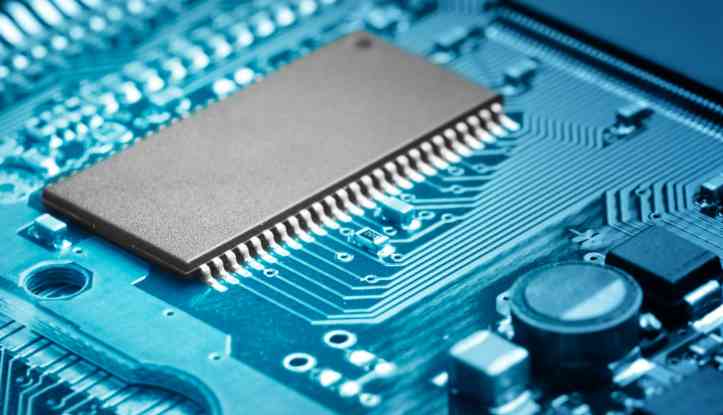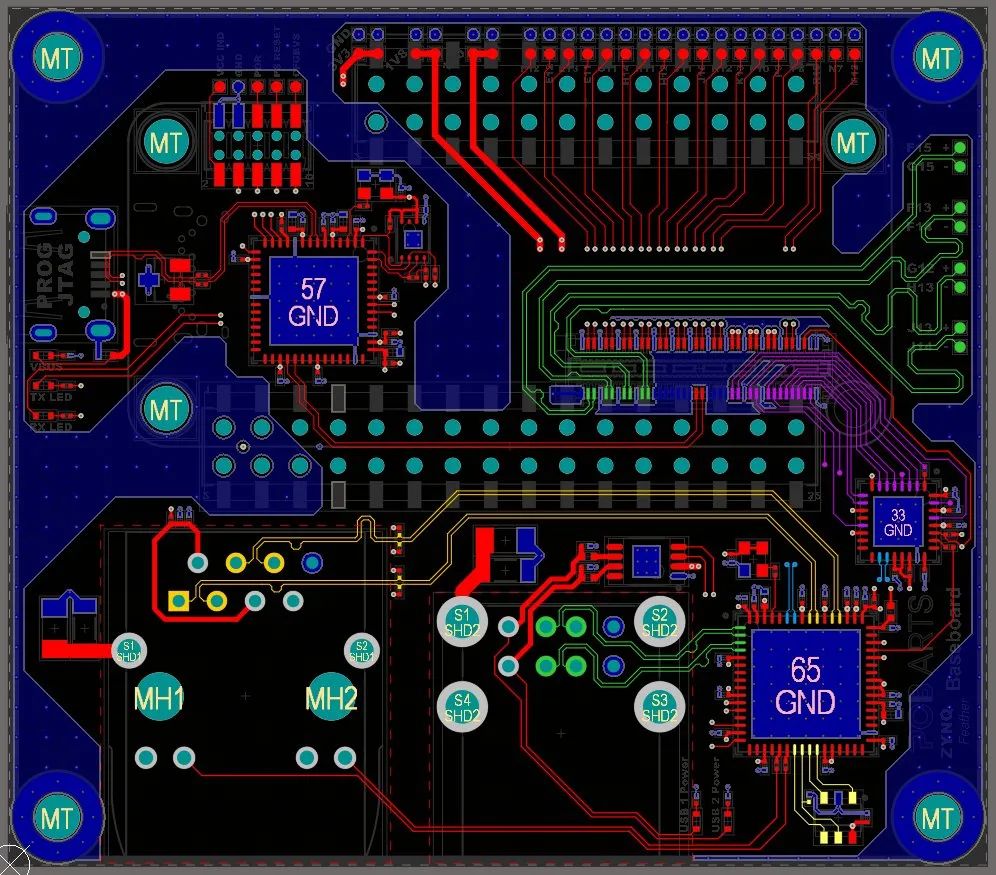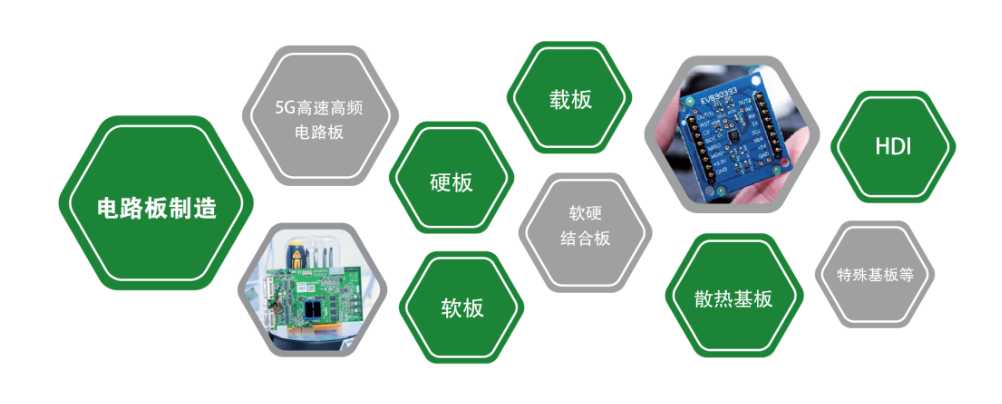
Silver leaching process is between organic coating and electroless nickel plating/gold leaching, which is simple and fast. It's not as complicated as electroless nickel/gold plating, nor does it put a thick coat of armor on the PCB, but it still provides good electrical performance. Silver, the younger brother of gold, remains solderable even when exposed to heat, humidity and pollution, but loses its luster. Silver immersion does not have the good physical strength of electroless nickel/gold plating because there is no nickel underneath the silver layer. In addition, silver immersion has good storage, after several years of assembly will not have a big problem. Silver immersion is a displacement reaction, it is almost submicron grade sterling silver coating. Sometimes the process of silver leaching also contains some organic matter, mainly to prevent silver erosion and eliminate silver migration problems; It is generally difficult to measure this thin layer of organic matter, and analysis suggests that the organism is less than 1% by weight.

2. Dip tin
Because all current solders are tin-based, the tin layer can be matched to any type of solder. From this point of view, leaching tin process has a very promising development. However, the tin whisker of previous PCB after leaching process, tin whisker and tin migration in the welding process will bring reliability problems, so the use of tin leaching process is limited. Later, organic additives were added to the leaching solution, which can make the tin layer structure a granular structure, overcome the previous problems, but also has good thermal stability and weldability.
Tin dipping process can form flat copper-tin intermetallic compounds, which makes tin dipping have the same good solderability as hot air leveling without the headache of hot air leveling flat problems; Tin immersion also does not have the problem of electroless nickel/gold diffusion between metals - copper tin gold intermetallic compounds can be firmly bonded together. The tin dipping plate can not be stored for too long, and must be assembled according to the order of dipping tin.
3. Other surface treatment processes
The application of other surface treatment processes is less, the following is the application of relatively more nickel gold plating and chemical palladium plating process. Electroplating nickel gold is PCB surface treatment process pioneer, since PCB spread it spread, then slowly evolved into other ways. It is the PCB surface conductor is first coated with a layer of nickel and then coated with a layer of gold, nickel plating is mainly to prevent the diffusion between gold and copper. There are two types of electroplated nickel gold: soft gold plating (pure gold, the surface of gold does not look bright) and hard gold plating (smooth and hard surface, wear-resistant, containing cobalt and other elements, the surface of gold looks brighter). Soft gold is mainly used in chip packaging gold wire; Hard gold is mainly used for electrical interconnection in non-welded places. Considering the cost, the industry often through the method of image transfer selective plating to reduce the use of gold.
At present, selective electroplating is increasingly used in the industry, mainly because of the difficult control of electroless nickel plating/gold leaching process. Under normal circumstances, welding will lead to electroplating brittle, which will shorten the service life, so avoid welding in electroplating long; However, electroless nickel plating/gold leaching rarely occurs because gold is very thin and consistent. The process of electroless palladium is similar to that of electroless nickel plating. The main process is to reduce palladium ions to palladium on the catalyzed surface by a reducing agent (such as sodium dihydrogen subphosphate). The newly formed palladium can be used as a catalyst to promote the reaction, and thus palladium coatings of any thickness can be obtained. The advantages of electroless palladium plating are good welding reliability, thermal stability and surface smoothness.
Choice of surface treatment process
The choice of surface treatment process mainly depends on the type of final assembly component; The surface treatment process will affect the production, assembly and ultimate use of PCB. The following details the use of five common surface treatment processes.









